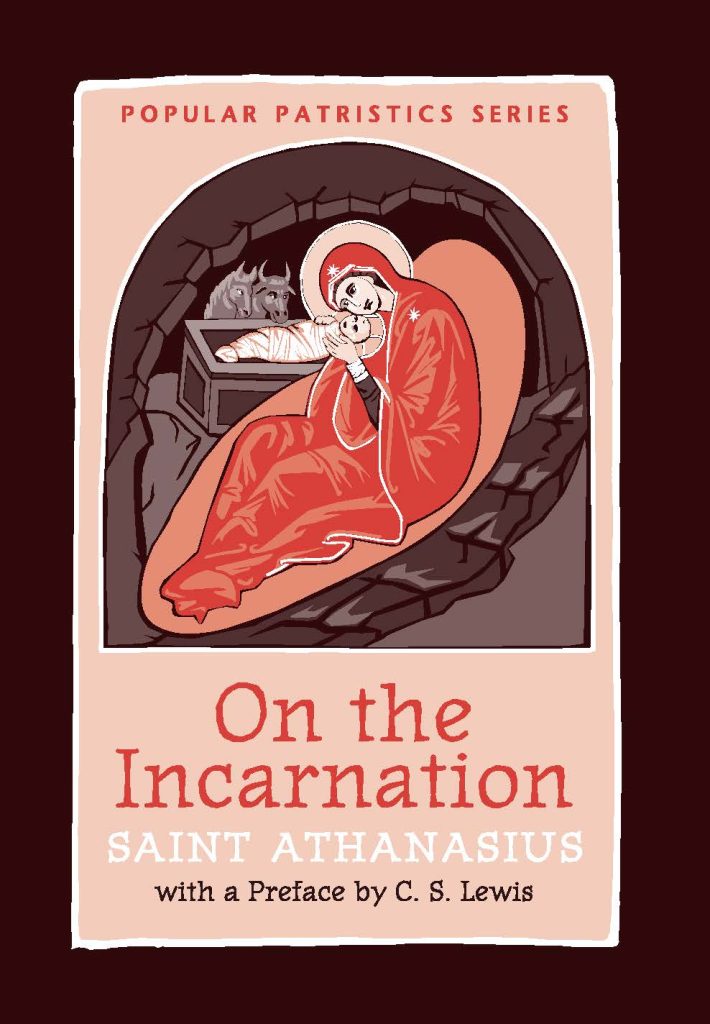This week we are discussing Chapter 5 of On the Incarnation (§§26-32 – The Resurrection). Within this chapter, Athanasius sets out two broad proofs for the Resurrection: 1) a Christian’s fearlessness towards death, especially among the martyrs, and 2) the daily witness of Christ’s work in a believer.
Athanasius’s first argument for the historicity of the Resurrection is Christians not only cease to fear death upon their conversation but “despise it so completely that they go eagerly to meet it, and themselves become witnesses (Gk: martus) of the Savior’s resurrection for it.” For Athanasius, it is the martyrs of the church who “prefer to die rather than to deny their faith in Christ” who prove the resurrection. The early church is filled with martyrs who willingly and with great joy profess Christ and welcomed death in the knowledge of the Resurrection. It is these martyrs that Athanasius refers to in this chapter.
One of the earliest examples we have of a martyr welcoming death in the knowledge of the resurrection is St. Ignatius of Antioch. Ignatius was the third bishop of Antioch and was brought to Rome to face the lions in the Coliseum during Trajan’s persecution in c.108. During his journey, he wrote seven letters to various churches, including his Epistle to the Romans. In this letter, he begs the Christians in Rome not to interfere with his impending death. Rather, in paragraph 4, he tells them to “Let me be fodder for wild beasts – that is how I can get to God. I am God’s wheat and I am being ground by the teeth of wild beasts to make a pure loaf for Christ. . . . Thus when I have fallen asleep . . . I shall be a real disciple of Jesus Christ . . . . For if I suffer, I shall be emancipated by Jesus Christ; and united to him, I shall rise to freedom.”
The last great Roman persecution was that of Diocletian in 303 (when Athanasius was around nine years old) which continued sporadically until Constantine’s Edict of Milan ended the persecution in 313 (only three years before Athanasius wrote “On the Incarnation”). Attached is a recounting of this persecution in Egypt that Athanasius would have experienced. The excerpt is from Book VIII of Eusebius’ History of the Church which was written in c.325. It details not only the horror of the persecution but also sets forth the eagerness and enthusiasm of the Egyptian church to be martyred and thereby gives the context for Athanasius’ argument. As Eusebius recounts:
we beheld the most wonderful ardor, and the truly divine energy and zeal of those who believed in the Christ of God. For as soon as the sentence was pronounced against the first, one after another rushed to the judgment seat and confessed themselves as Christians. And regarding with indifference the terrible things and the multiform tortures, they declared themselves boldly and undauntedly for the religion of the God of the universe. And they received the final sentence of death with joy and laughter and cheerfulness; so that they sang and offered up hymns and thanksgivings to the God of the universe till their very last breath.
Dinner is at 6. The menu is potato casserole. The discussion will start around 6:45 (we did start a bit early last week). Hope to see you here.

